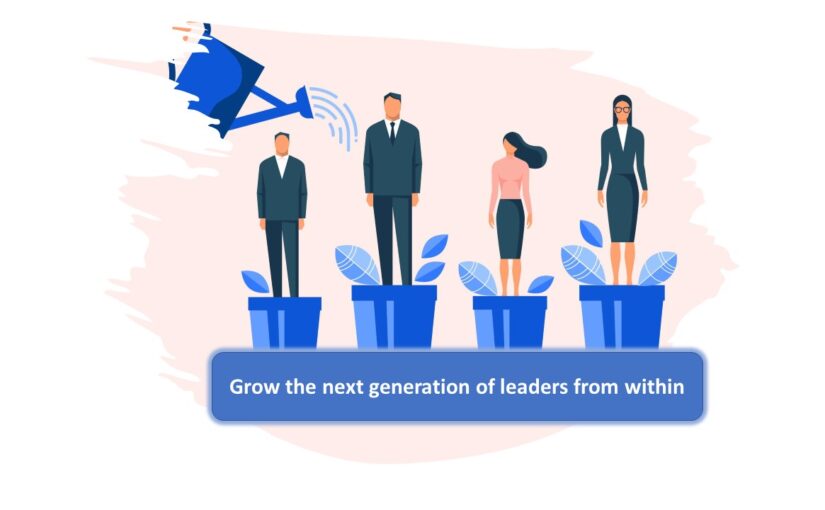By Thomas Davis, DNAP, MAE, CRNA
Leaders don’t create followers, they create leaders.
~Ralph Nader
Having the right leader in the right position is a key to success for any organization regardless of the type of business or industry that they represent; but where do leaders come from? Recruiting and hiring leaders is time consuming, expensive and a bit risky because you never know that the person is a good fit until he/she is on the job. Often, a better option is to promote from within and that requires a pool of workers who have the necessary skills to be successful in a leadership role. Developing leaders from within is a great opportunity for professional growth for both the current leader and the workers being groomed to step into a leadership position.
Writing for The Training Associates, author Rebecca Gendron notes that 77% of organizations are experiencing a leadership shortage due to the great resignation triggered by COVID and the retirement of baby boomers. Her data estimates that by 2025, 75% of the workforce will be composed of millennials and surveys reveal that 63% of millennials self-report that they are not prepared to assume leadership roles. Insightful leaders will jump on this opportunity and incorporate leadership skills into the professional development plan for the team.
Advantages of internal leadership development
- Enhance your position as a leader. John Maxwell’s classic book, The 5 levels of leadership identifies a fourth level leader as a people developer. Placing emphasis on professional development to include mentoring future leaders elevates the team while taking the leader to level 4 on the leadership scale.
- Improve staff engagement. The Gallup Q12 has been the gold standard for measuring employee engagement for several decades. A review of the 12 indicators of employee engagement as outlined by Gallup finds that 6 of the 12 markers are enhanced by developing staff from within.
- Cost savings for the organization. The process of advertising, interviewing, credentialing, and onboarding is both expensive and time consuming. For licensed professionals, the cost of finding and hiring a new person can exceed their annual salary. Internal leadership development takes time and commitment while saving money for the organization.
Identify your future leaders
Keep your eyes and ears open and your future leaders will identify themselves. They are the ones with a positive attitude, solid work ethic and who are skilled in the use of emotional intelligence to connect with their colleagues. A review of business literature identifies characteristics of the workers who will be your future leaders:
- Aptitude for motivating others
- Perseverance to overcome obstacles
- Skill in building trusting relationships
- Ability to create a culture of accountability
- Insight to make balanced decisions that will benefit the group and the organization
Create an opportunity for growth
The key to successful leadership development is a sincere desire to enhance the strengths of the other person and the quickest way to knock the train off the track is to try to clone yourself. Trying to make the other person a better version of you ignores the talents that they bring to the table and is a recipe for disaster. Instead, connect with the other person, become aware of their talents, and then build on their strengths and interests.
Leadership developer Michael Page identifies the following activities as great ways to stimulate leadership skills in others.
- Create opportunities for wider exposure in the group and organization
- Change their roles and responsibilities to create an opportunity for developing new skills
- Challenge with increasingly difficult projects
- Provide a support system that includes mentoring and coaching
- Give frequent feedback
- Reward completed projects
Professional development with a focus on leadership skills is a win, win, win for you, your team, and your organization.
Start the ball rolling by understanding that regardless of how good you are at your job, your way is not the only way. Tap into the talent on your team by assigning tasks to those who show an interest. Give guidelines, criteria, and determine the desired outcome then step back and allow others to solve the problem. Make sure that resources are available and take an active role as a mentor when the person tackles the problem. Appreciate and reward creative problem solving after criteria are met regardless of the approach chosen by the person. Finally, reap the benefit as team morale skyrockets, your workload is shared with others, and the future leaders of the organization are ready to step in. Down the line when members of your team are asked to remember the best boss that they have ever had, your name will be the first to come off their lips.
Tom is an experienced leader, educator, author, and requested speaker. Click here for a video introduction to Tom’s talk topics.
